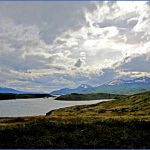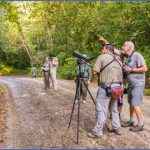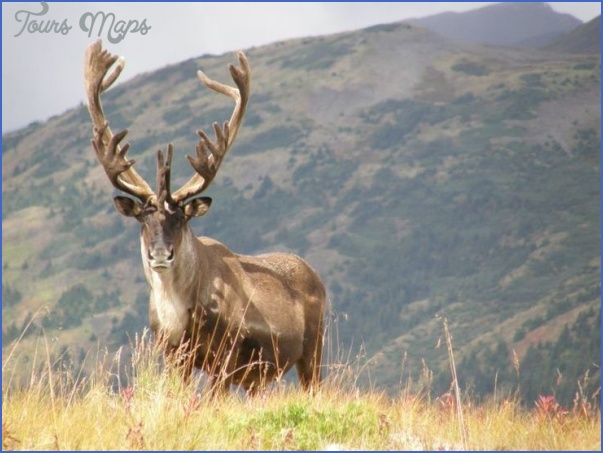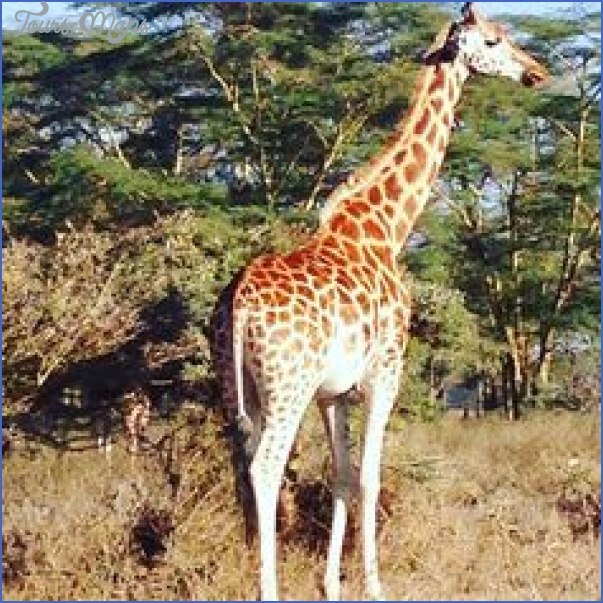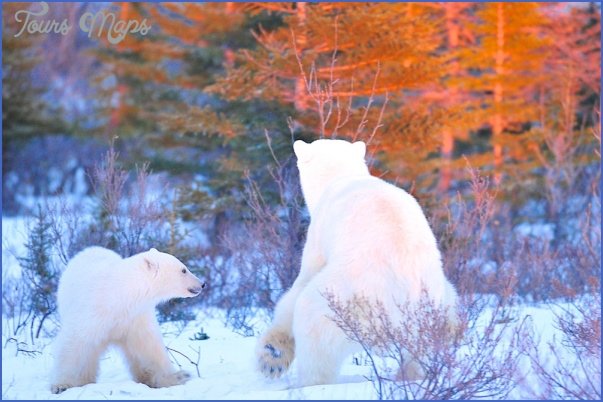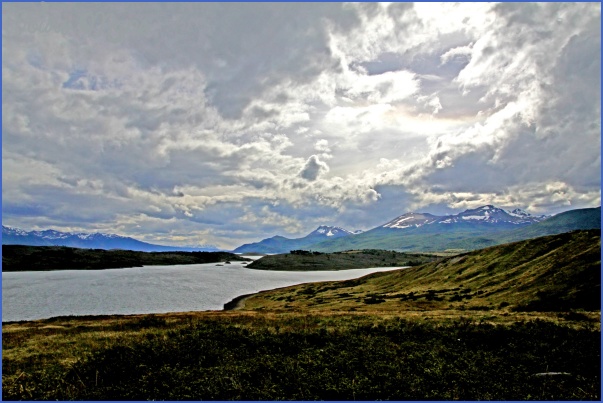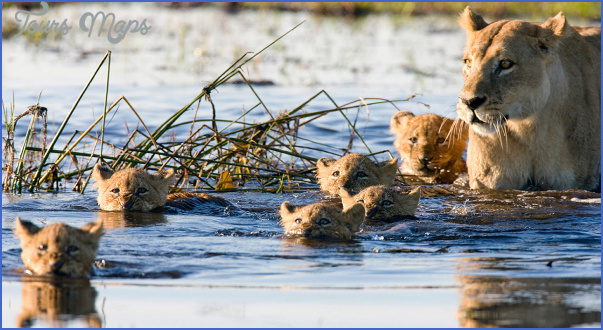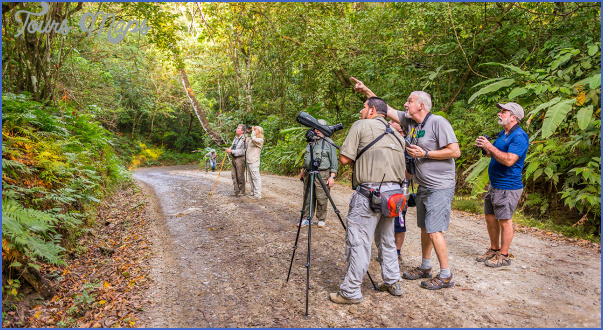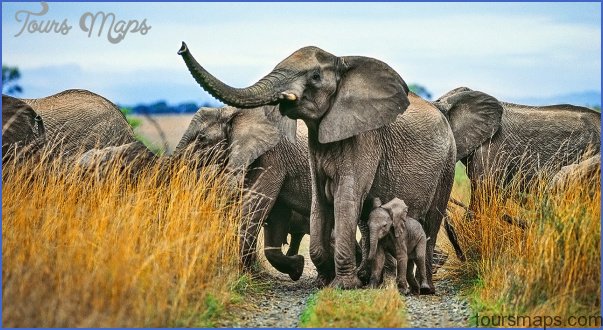It seemed best not to make any sudden moves. And not to make a hurried attempt to try and hide my binoculars either. As the Omani police Jeep approached and I could see clearly its two occupants kitted out in their military-style fatigues, some pretty negative thoughts raced through my mind.
I didn’t have my passport. Or any other identification. What if they didn’t believe I had binoculars to look for birds? Did it sound a likely story anyway? What more sinister use could I have binoculars for? And, yet more pessimistically, what were conditions like in Omani prisons? Possibly not exactly luxurious, I thought. What’s more, my wife in our hotel a little way along the coastal frontage of Muscat, Oman’s capital, didn’t know where I was. I had mentioned going to look for some birds but not where. And her previous concerns about my habit of getting up too close and personal with military installations, and insisting on going into places where entry was forbidden, suddenly seemed rather prophetic. My anxiety levels were rising.
I suppose most people assume that wildlife watching, watching birds in particular perhaps, is a pretty leisurely business. Hours spent whiling away the time in a hide overlooking a shallow lake liberally endowed with various herons, egrets and other wading birds. Or going for fair weather walks in forests, stopping frequently to listen to some twittering high up in the canopy (and swearing when you can’t even see their origin). And any serious wildlife watcher these days carries so much magnification equipment in the form of telescopes and binoculars, it’s no longer necessary to employ SAS-like skills of blending in with your surroundings in order to get close to your subject.
Unfortunately, it’s not always quite so leisurely. And finding locations where you are likely to spot certain animals can involve venturing into some tricky spots. So it is that military bases and training areas can be something of an occupational attraction if you are interested in wildlife. Why? Because land used for military training, or sealed off for some other purpose, is at least not ploughed up every year and used intensively for growing farm crops or rearing livestock. In the developed parts of the world most land is in some kind of agricultural use. Farmed crops are the last place you would want to look to see much wildlife. A field of peas, for instance, is good for Wood Pigeons (though less so for the farmer) but little else. A field of wheat liberally dosed with pesticides is good for nothing but wheat or barley. So, even though military training areas might in places be pockmarked by the end result of explosions or disturbed by soldiers running about firing guns, they’re going to have more wildlife than modern intensive agriculture ever nurtures. If you want to look for wildlife, you most certainly wouldn’t start in a field full of barley.
Wildlife And Wilderness Travel Photo Gallery
One incident where I got a little too close for comfort to armed soldiers was on the Aegean island of Lesbos where, at the time, the Greeks were using gunboats to patrol ostentatiously up and down the sea between it and the nearby Turkish coast a few kilometres to the east. Greek/Turkish relations were going through one of their more tense phases. In fact, things were distinctly tense. In 1987, the Turkish survey ship, Sismik was about to enter Greek waters and conduct a survey for oil reserves. The Greek Government gave orders to sink it if it did so. The Turks drew back but the incident nearly started a war between the two countries.
Come the following summer and our family holiday on Lesbos, I was occasionally on the lookout for birds. The Greek military, though, were on the lookout for Turks. Our two interests met where there was some very nice looking scrubby habitat. Nice for birds anyway. But it happened to be at what turned out to be a Greek military base.
Maybe You Like Them Too
- DUBAI UNITED ARAB EMIRATES
- Anniston Map
- Wildlife Travel Guide
- Wildlife Travel To Alonissos
- National Wildlife Travel








